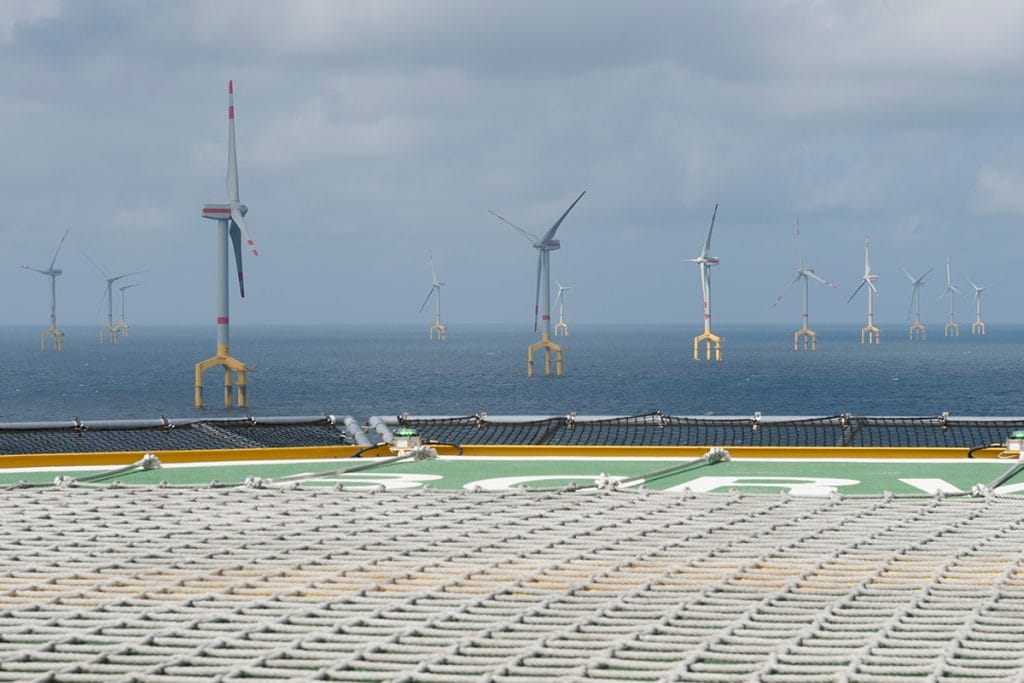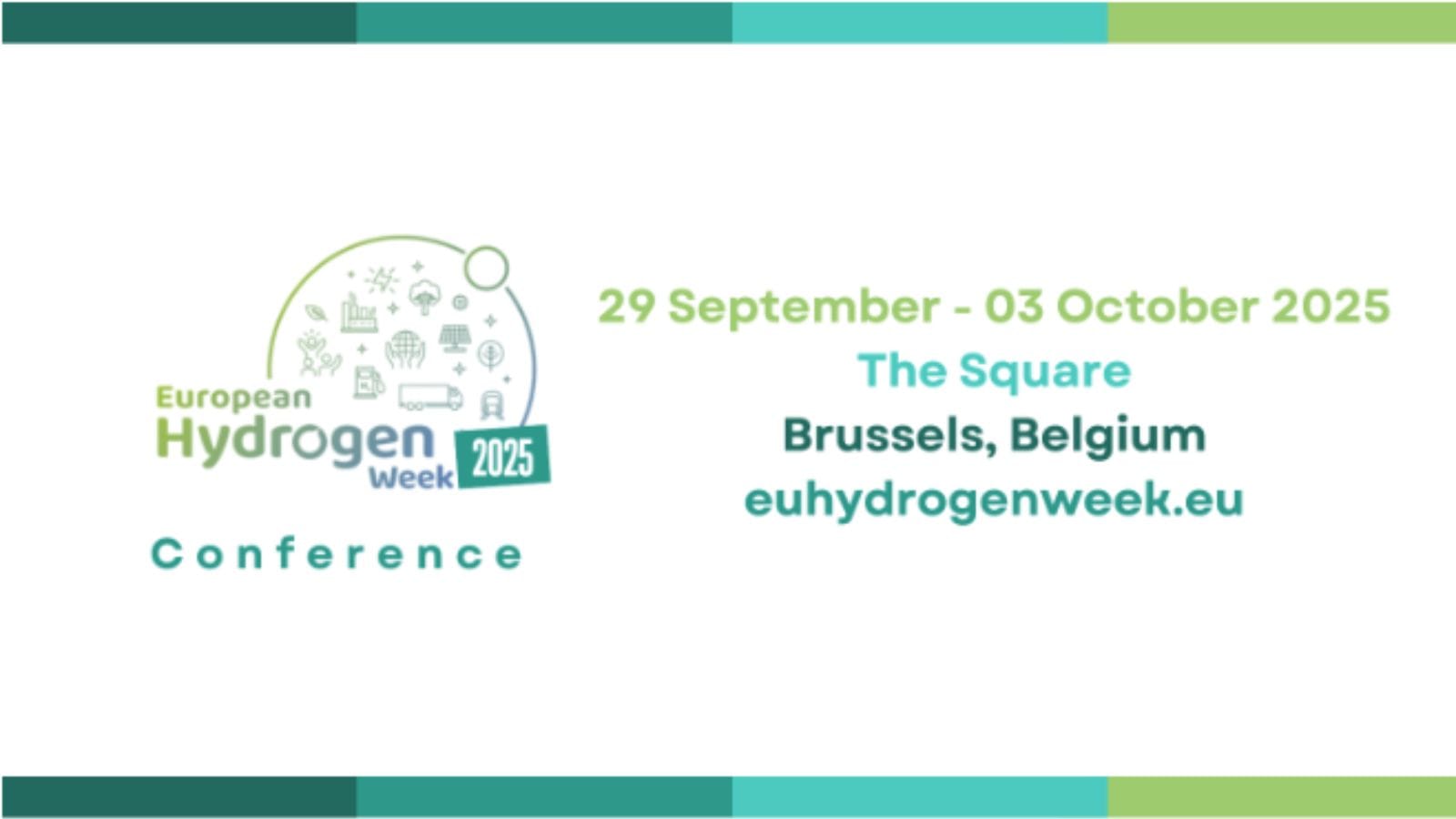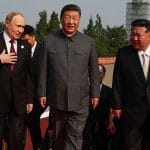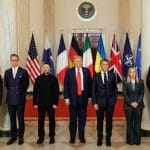Taking a major step towards strengthening the Energy Union and EU cross-border interconnectedness, the European Climate, Infrastructure and Environment Executive Agency (CINEA) signed on September 4 an agreement on the Bornholm Energy Island (BEI) hybrid offshore project.
EU Energy Commissioner Dan Jørgensen who was in the capital of his home country Copenhagen for the Informal Meeting of Energy Ministers hosted by the Danish Presidency, participated in the signature ceremony for an EU-backed €645.2 million grant agreement on the Bornholm Energy Island hybrid offshore project.
The Commission has provided continuous support to the project, from planning to granting the status of a project of common interest (PCI), to providing financial support. Its completion will mark a significant step towards a more resilient, interconnected, and sustainable European energy system, the Commission said, adding that as a first-of-its-kind project, the Bornholm Energy Island project also strengthens the business case for subsequent projects and unlocks key technical and innovative solutions.
“This project is a blueprint for future offshore power development in the EU. Not only will it help integrate renewable energy and decarbonise our system. Crucially, it will boost the competitiveness of the sector while providing cleaner and cheaper energy to millions of European consumers across borders,” Jørgensen said. “This is why completing the Energy Union, is paramount. The Commission will keep doing its utmost to support innovative infrastructure projects that make the energy transition happen on the ground,” he added.

According to the Commission, financing comes under the Connecting Europe Facility (CEF) Energy Program, which is an EU fund supporting key projects for the completion of the Energy Union managed by CINEA.
Connecting offshore wind in the Baltic Sea to Danish and German consumers
Led by Denmark’s Energinet and Germany’s 50Hertz, this project will connect numerous wind farms via a single offshore energy hub on the Danish island of Bornholm in the Baltic Sea. From there, 3 GW of offshore renewable electricity will be brought onshore and distributed through Denmark and Germany, helping to power millions of homes and businesses with clean electricity.
To make this possible, CEF Energy is funding the construction of 2 new converter stations (one on Bornholm and one in Zealand), and the installation of an extensive submarine cable system of around 200 kilometres, complemented by a 17-kilometer onshore connection between Zealand and Bornholm.

“This infrastructure will serve as a crucial bridge between offshore generation and consumers, enabling electricity to flow flexibly where it is needed the most. This innovative setup supports energy security, price stability, and the integration of renewable energy on a much larger scale than before,” the Commission said, noting that, as the world’s first hybrid direct current interconnector, the Bornholm Energy Island project represents a new era of energy cooperation in Europe. By pooling offshore generation and connecting national grids, offshore wind energy is no longer harvested by individual countries alone, it said, adding that this cooperation will create a stronger, more flexible energy network capable of adapting to demand, keeping energy prices stable, and supporting Europe’s industrial competitiveness.
Meanwhile. Commissioner Jørgensen announced the launch of the Tripartite Contracts for Affordable Energy, as part of the EU’s Affordable Energy Action Plan. With Ørsted’s Avedøre Power Station as a backdrop in the margins of the Informal Energy Council in Copenhagen on September 4, Jørgensen said, “Earlier this year, I announced that the European Commission will establish Tripartite Contracts for Affordable Energy. What is the rationale behind this approach? Well, on the one hand, European companies need reliable and affordable energy to remain competitive, especially in the context of today’s global economic challenges. On the other hand, the rollout of homegrown clean energy projects is insufficient. To reverse this trend, clean energy producers require stable demand that can support their investments.”
Jørgensen noted that the development of the EU’s new tripartite contracts will start with offshore wind, grids, and energy storage. “I am delighted to announce the first 2 sectoral contracts on which we are working. The first one is on offshore wind and grids,” he said. “Based on the ambitions indicated by Member States, we could have as much as 88 GW of offshore renewables by the end of this decade, and up to 360 GW by mid-century. To put it into perspective, that is equivalent to the current installed generation capacity in Germany, Poland and Greece combined,” he added.
“To reach this potential, we will also need to reinforce our grid and storage capacities. And that brings me to the second sectoral contract that I announce today, which is focused on storage. Energy storage will enable the penetration of more renewable energy in our system, while optimizing grid use and mitigating price spikes,” he said, adding that at EU level, some studies point to a need of approximately 200 GW of energy storage by 2030.









